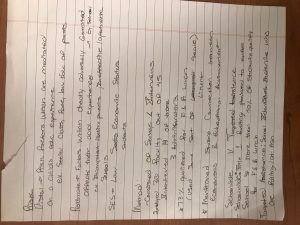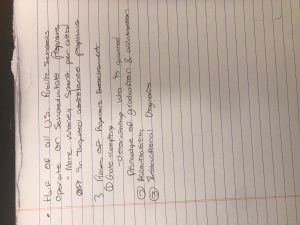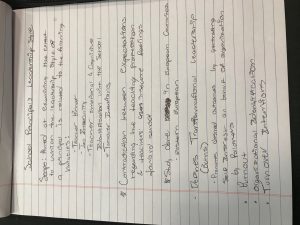- Introduction
- Overview of Extrinsic v. Intrinsic incentives
- Real world examples
- SPARK (Student Programme for Advancement in Research Knowledge)
- NYC
- Gave 4th & 7th grade cash incentives
Capital Gains Project: DC
- Gave cash incentives to middle school students in DC
Paper Project: Chicago
- Gave cash incentives to high school students (9th and 10th)
- SPARK (Student Programme for Advancement in Research Knowledge)
- Outline Title I Schools
- Two different types
- Targeted Assistance
- School wide assistance
- How do two types differ in how we should/can support these students?
- What makes title 1 Schools different?
- Why should these students receive different ethical considerations compared to other students?
- Two different types
- Real world examples
- Exploration of ethical theories
- Normative Ethics
- Defining what it is
- Exploring subgroups within theory
- Deontological Theory (nonconsequentialist)
- Defining theory
- Examining key thinkers
- KANT
- Relation to extrinsic incentives
- Consequentialist Theories
- Utilitarianism
- Bentham and Mill
- Utilitarianism
- Virtue Ethics
- Normative Ethics
- Consult other ethical considerations
- Sandel’s Justice
- Financial incentives have effect of corrupting
- Satz’ Why Some Things Should Not be for Sale
- Some goods for which markets should not be introduced
- Coercion
- Vulnerability
- underage are particularly vulnerable population
- Some goods for which markets should not be introduced
- Sandel’s Justice
- Overview of Extrinsic v. Intrinsic incentives
Additional Readings:
- Further research on the three real world examples of programs which have provided cash incentives
- “Paying students to learn: An ethical analysis of cash for grades programmes”
- Further research on virtue ethics




